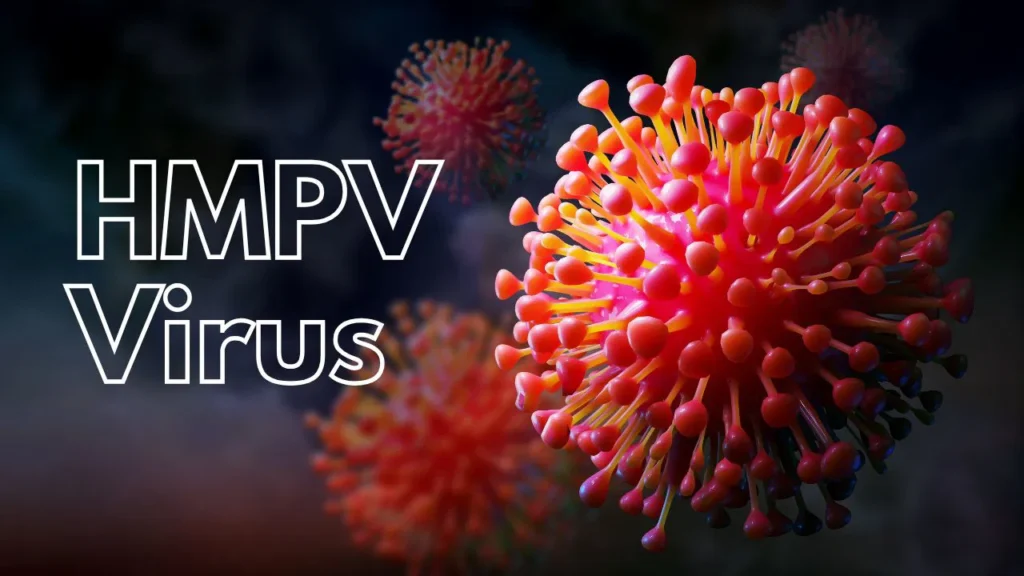Amid growing concerns over the human metapneumovirus (HMPV), health experts and authorities are providing crucial insights to mitigate panic and educate the public. HMPV, a respiratory virus similar to other viral infections like influenza and respiratory syncytial virus (RSV), has recently seen a surge in cases, prompting the healthcare system to remain vigilant. Director-General of Health Services, Dr. Rajesh Kumar, has emphasized that while the virus demands caution, it should not spark undue alarm.
Understanding HMPV: What Is It?
Human metapneumovirus (HMPV) is a respiratory virus that primarily affects the lungs and airways. Discovered in 2001, HMPV belongs to the same family of viruses as RSV and shares similar symptoms, particularly in vulnerable populations such as young children, older adults, and those with weakened immune systems.
“HMPV is not new, and its clinical presentation is very similar to other respiratory viruses,” explained Dr. Kumar during a press briefing. “Most cases are mild, and severe complications are generally limited to at-risk groups.” Common symptoms include fever, cough, nasal congestion, and shortness of breath, though severe infections can lead to pneumonia or bronchiolitis.
Rising Cases: Current Situation
The recent spike in HMPV cases has been reported across several states, particularly in urban centers where population density increases the likelihood of transmission. Hospitals have noted an uptick in respiratory infections, with a small percentage testing positive for HMPV. While the numbers are not at epidemic levels, health officials are closely monitoring the situation.
In a statement released by the Ministry of Health, authorities confirmed that the rise in cases aligns with seasonal trends in respiratory illnesses. “The increase in HMPV cases is not unexpected during this time of the year when respiratory infections are generally more common. However, we are ensuring that testing and treatment protocols are in place to manage the situation effectively,” the statement read.
Preventive Measures and Public Health Guidelines
Health officials are urging the public to adhere to standard respiratory hygiene practices to limit the spread of HMPV and other similar viruses. These include:
- Regular handwashing with soap and water for at least 20 seconds.
- Using alcohol-based hand sanitizers when soap is unavailable.
- Wearing masks in crowded or poorly ventilated spaces.
- Maintaining physical distance, particularly from individuals displaying symptoms of respiratory infections.
- Avoiding touching the face, especially the eyes, nose, and mouth.
Vaccination and antiviral medications for HMPV are still under development, making preventive measures crucial in curbing its spread. Parents are encouraged to monitor their children for any signs of respiratory distress and seek medical attention promptly if symptoms worsen.
Healthcare System Preparedness
Hospitals and clinics have ramped up testing capabilities to identify HMPV cases early and differentiate them from other respiratory infections. Dr. Kumar assured the public that the healthcare system is equipped to handle the current situation. “We have adequate resources, including hospital beds, oxygen supplies, and trained personnel, to manage HMPV cases alongside other seasonal illnesses,” he said.
Special focus is being placed on high-risk groups, with pediatricians and geriatric specialists working to ensure early intervention for vulnerable patients. The government has also issued advisories to healthcare workers, emphasizing the importance of infection control protocols in medical facilities.
Comparisons with Other Viruses
Dr. Kumar highlighted the similarities and differences between HMPV and other respiratory viruses to dispel misinformation. Like RSV and influenza, HMPV spreads through respiratory droplets and close contact. However, the incubation period for HMPV is slightly shorter, typically ranging from 3 to 5 days.
“HMPV symptoms are often indistinguishable from those of the common cold or flu, which is why laboratory testing is essential for an accurate diagnosis,” he explained. Unlike COVID-19, HMPV has not demonstrated significant potential for severe outbreaks or long-term complications in the general population.
Call for Awareness, Not Panic
As live updates about HMPV cases dominate headlines, public health experts are urging citizens to stay informed but not panic. Awareness campaigns are being rolled out to educate people about recognizing symptoms, understanding transmission, and taking appropriate preventive steps.
“We’ve been through similar situations with RSV, influenza, and even COVID-19,” said Dr. Kumar. “The key is to remain vigilant, follow hygiene practices, and trust the healthcare system.”
In the coming weeks, health authorities plan to increase surveillance and provide regular updates to ensure transparency. While the rise in HMPV cases is a cause for concern, it also presents an opportunity to reinforce public health strategies and strengthen community resilience against respiratory illnesses.


